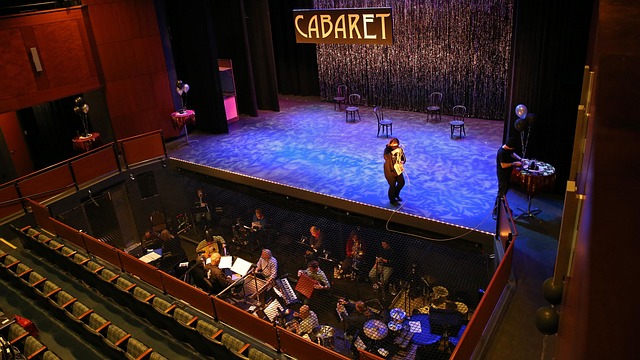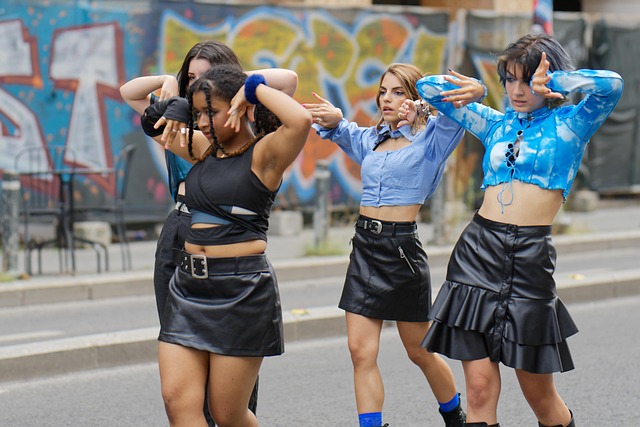【Dance】Archives of the Dance (28): Chisenhale Dance Space
This contribution to the 'Archives of the Dance' series explores Chisenhale Dance Space's collection and my work with it as a PhD researcher. My re... [more]
This contribution to the 'Archives of the Dance' series explores Chisenhale Dance Space's collection and my work with it as a PhD researcher. My re... [more]
A Tunisian youth movement, Dancers Citizens South (DCS), founded on 31 May 2015, encourages young people to find agency in their communities by creati... [more]
As of the early twentieth century, a significant body of research has been published that shows how effective game-based learning and gamification techniques can be, compared to other methods. These technologies are also very important for the learning an
Therapist countertransference reactions related to the phenomenon of vicarious trauma (VT) can be examined through polarising physiological responses. Through an integration of counselling and neuroscientific perspectives on empathy and traumatic countert
This article begins by putting basic themes in Jung's psychoanalytic in the context of present-day conceptual predilections that warrant questioning, specifically in relation to feeling and to being a body. The questioning leads to insights into the dyna
The March 2017 advertiser revolt on YouTube, popularly known as the adpocalypse, introduced widespread and radical changes on the platform's policies related to the moderation of content, their 'monetisability' and the terms of the relationship between

Postphenomenology and posthermeneutics as initiated by Ihde have made important contributions to conceptualizing understanding human-technology relations. However, their focus on individual perception, artifacts, and static embodiment has its limitations
Mesh is an improvised participatory dance practice developed by dance artist Vanessa Grasse in 2017 and performed in urban public spaces. This article brings together discourses from site performance and contemporary participatory performance practices to
In this article, I reflect on my experience of two performance works: Still Life (2018) by Hatnish Macpherson analysis and Papier mutliforme et Papier Comestible (2018) by Emilie Gallier, both of which cultivate partial partial experiences for the spectat
Purpose The purpose of this paper is to examine corporate social responsibility (CSR) partnerships from the often-overlooked perspective of nonprofit beneficiaries, situated in the rapidly evolving higher education funding environment. Design/methodology/
The article shows the semantic and semiotic dynamics in Russian literature of the 19th-20th centuries of the locus of alley as an element of an estate topos associated with love between a man and a woman. If the summer dark alleys were a place of romantic
God's purposeful design is for humanity to flourish. Over the years, one of the greatest problems confronting Nigeria, and indeed Africa, has been poverty. Poverty has denied many the right to enjoy the life God designed for them. It has brought untold m
The art history of Native North America built its corpus through considerations of art-by-appropriation, referring to selections of historically produced objects reconsidered as art, due to their artful properties, in addition to art-by-intention, referri

While fatphobia runs rampant in traditional reality television programs, the advancement of the body-positive movement has made media representations of fat people far more complex. Utilizing TLC's My Big Fat Fabulous Life as a case study, the author add
If eros appears as an enigma, in that it both says and silences the inexpressible, harasses and provokes (Levinas, Totality and Infinity 260), in the Song of Songs such enigma is semiotically rendered as a relationship with what always slips away (Levinas
Contemporary music education leaders suggest ambiguous definitions of diversity, often assuming it both unquestionably good and compatible with equity. The purpose of this inquiry is to explore the assumptions underlying such discourse. First, I use the l
This article examines Cuban choreographer Alberto Alonso and his dance contributions to Cuban musical theatre from the 1940s through the early 1960s. The analysis integrates the histories of Alonso's training, performance career and choreographic output